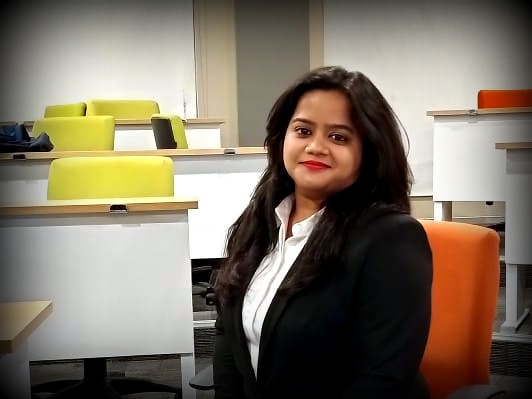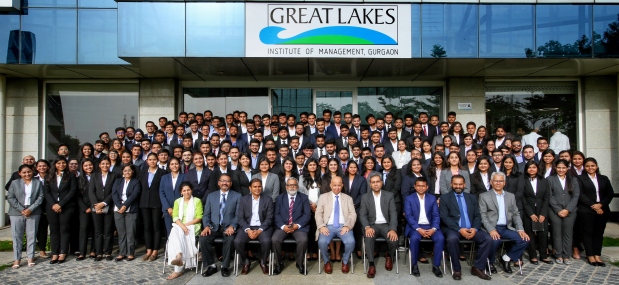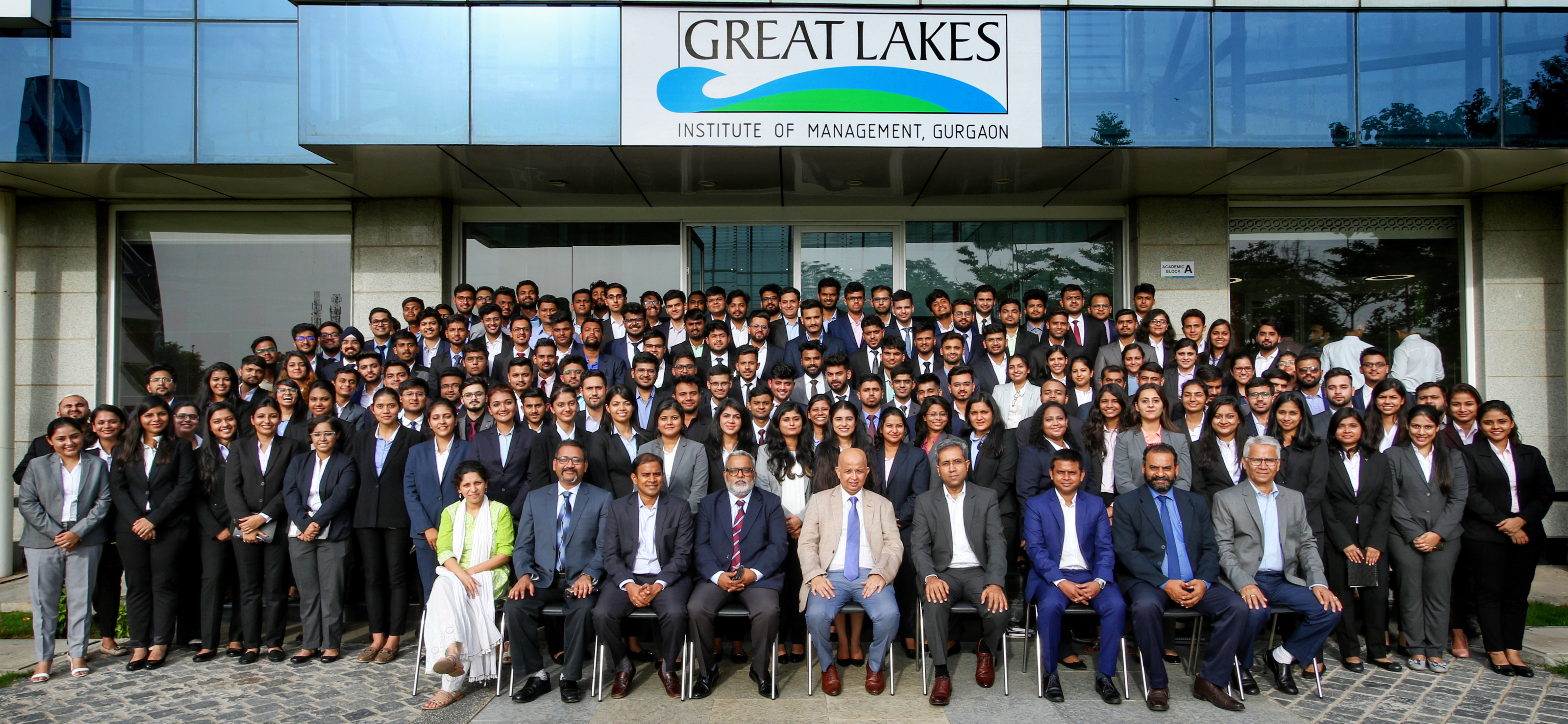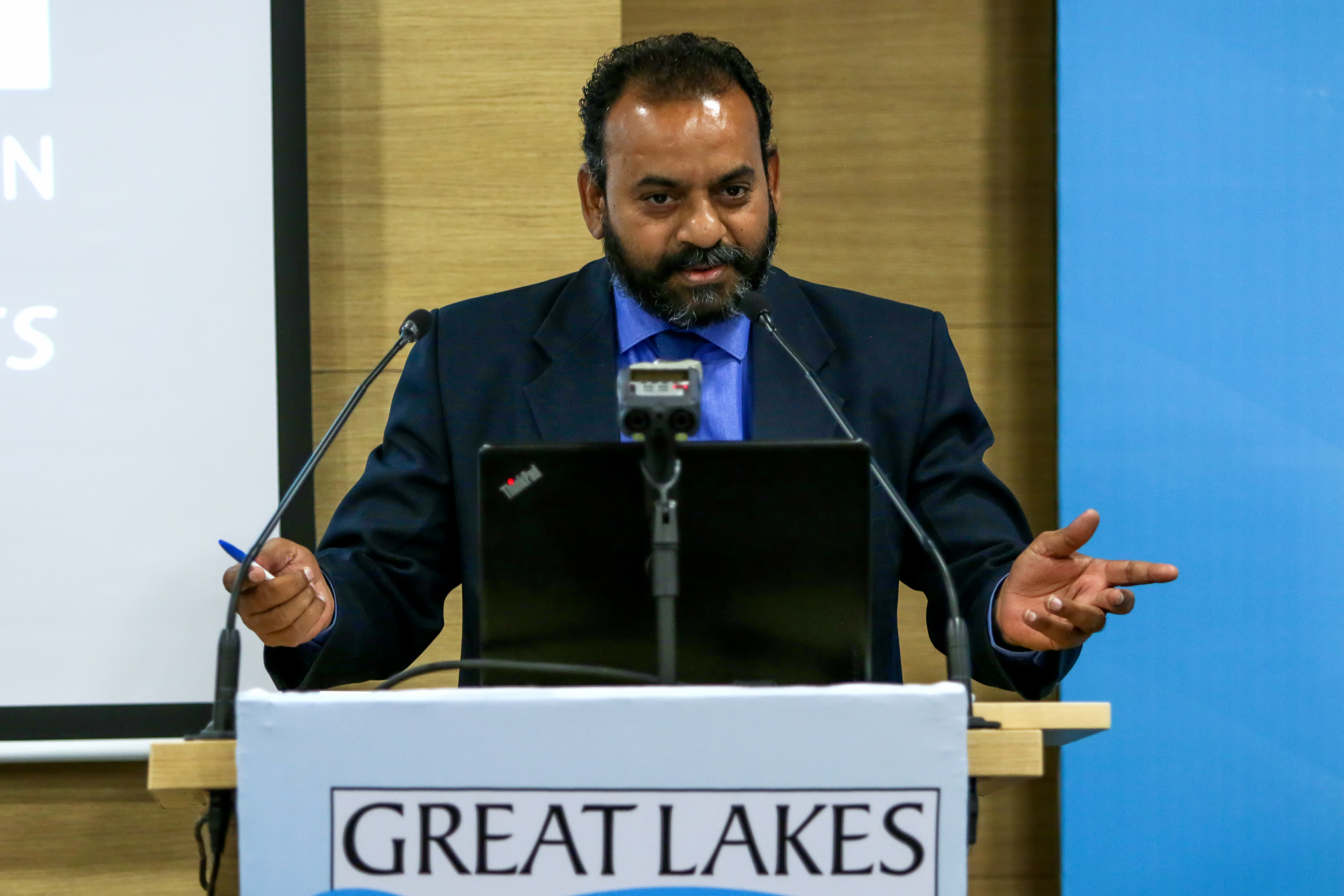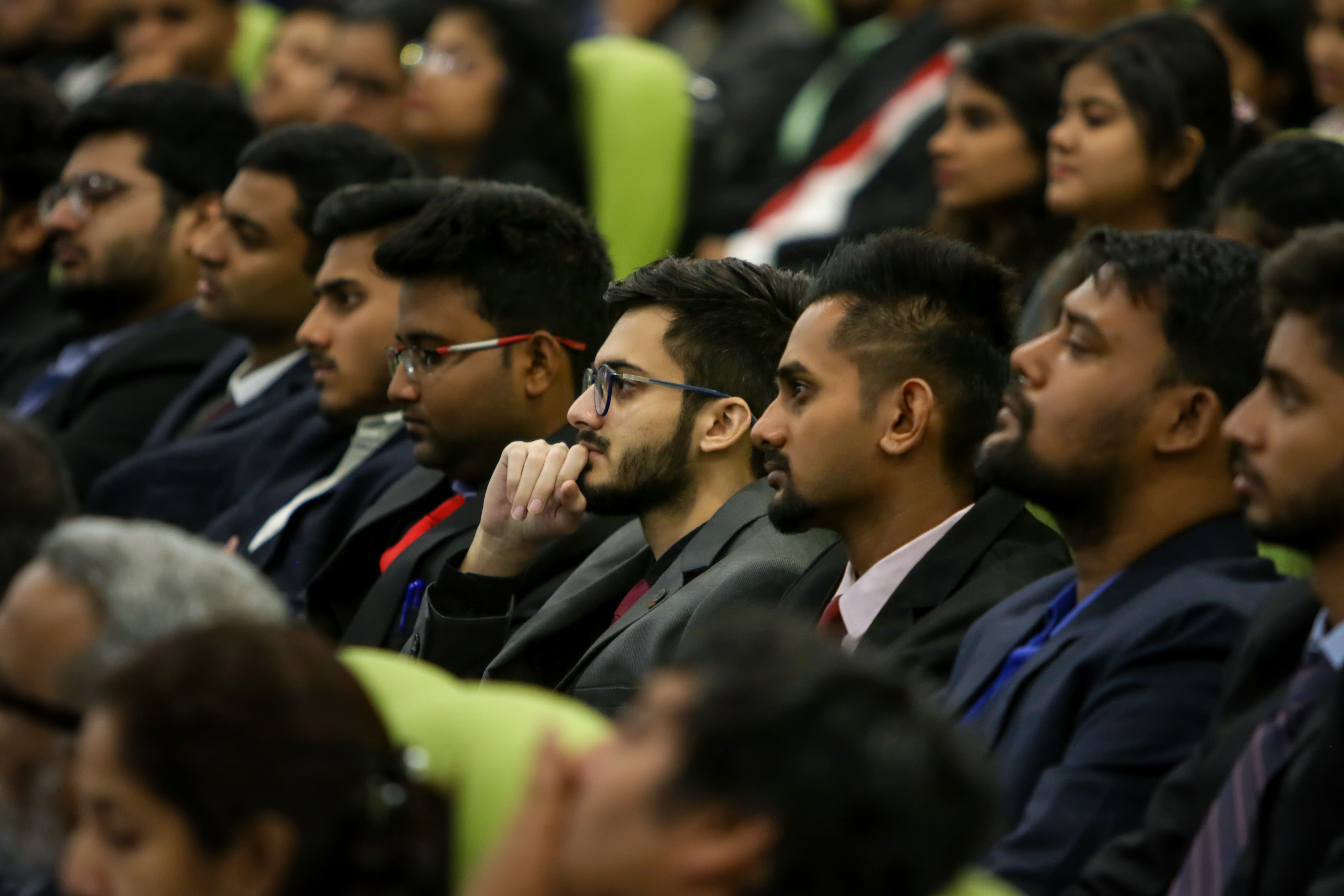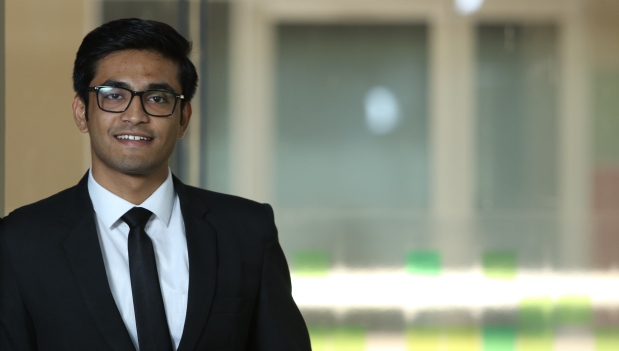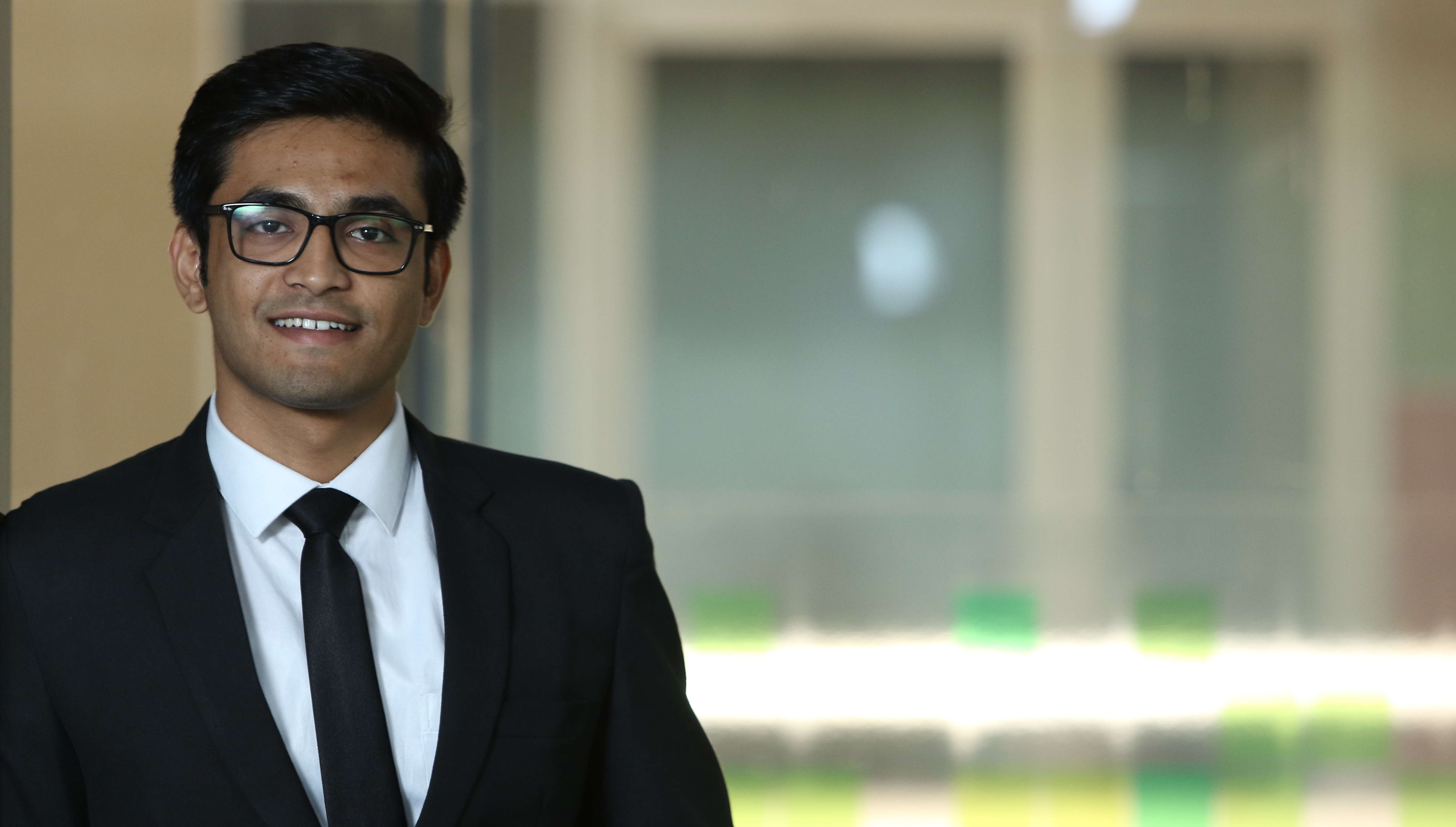Mechanics of the Scam:
Influencer marketing is big business today. A study by Swedish e-commerce start-up A Good Company, and HypeAuditor, shows that Indian Instagram influencers have over 16 million fake followers, the third-highest after the US and Brazil [1]. Several influencers use these bogus accounts to boost their vanity metrics such as “likes” and overall engagement.
And brands bite – the study estimates that the fraud has cost marketers $750 million globally. Marketing firm Mediakix predicts that influencer marketing on Instagram could reach $2 billion by the end of 2019. “Influencers” on Instagram and other social media enjoy a wide outreach and leverage this to strike deals with brands and earn sponsorships, pushing products and services to their fake fan base. Many of these influencers try to game the system and make easy money by coaxing brands into thinking they have a larger following than they actually do; they buy followers, likes and even engineer comments on their posts. Companies end up paying a fortune to these influencers for collaboration and in the form of free give-aways to non-existent persons. It is quite easy to buy fake engagement and fake followers online for anyone who knows where to look.

A Cat and Mouse game:
Unfortunately, there is no single fool-proof workaround for this. As much as social media platforms such as Instagram, Twitter, Facebook, Reddit, etc. work to identify fake users, the shady services that sell fake social media engagement always find ways to stay one step ahead. In his great “Manipulating” series on YouTube, Destin Sandlin explains how these social media websites are at war with fake news and fake engagement [2]. You could once spot fake following by checking social media analytics websites such as Social Blade and look for unusual spikes in follower count, given that there has been no major external event that may to the spike [3]. However, services that provide fake engagement have gotten smarter. They allow you to gain followers in a slow, consistent, steady fashion that seems organic to the algorithms of social media websites.

So what can be done about it?
Technology companies have dedicated a vast amount of resources to solve this problem using AI-driven algorithms to terminate fake accounts. However, there are certain elementary methods to identify if an account is fake, apart from the ones mentioned earlier.
One of the ways is to analyse the comments. Comments posted by bots or the influencers themselves usually follow a common theme in terms of vocabulary and sentence structure. So if you look for patterns in them, you will usually find overwhelming polarized content and limited writing variety.
Another method is to check the profiles of some of the commenters. If they are overwhelmingly empty accounts with poor post frequency, skewed following-to-followers ratio (fake accounts usually follow a large no. of accounts to engage but have low follower count), or just don’t seem to have any personalized content, there is a very good chance the influencers are buying engagement and scamming companies out of their money.

In Conclusion:
Methods to spot fake profiles are certainly not fool-proof and can be quite cumbersome, but they can still provide a fair idea about an influencer’s account. Skepticism could be helpful to marketers so that they can take a calculated risk if they’ve got Influencer Marketing on their minds. They should be cognizant of the fact that any random “influencer” may not have their best interests at heart. Nevertheless, influencer culture is here to stay, whether we like it or not. While large corporates may not [need to] invest in this, struggling start-ups and local brands may still try to walk this road as a cost-effective means to create awareness among masses, instead of expensive mainstream advertising.
Written by: Anant Gupta – PGDM “Apache” Class of 2021
Great Lakes Institute of Management, Gurgaon
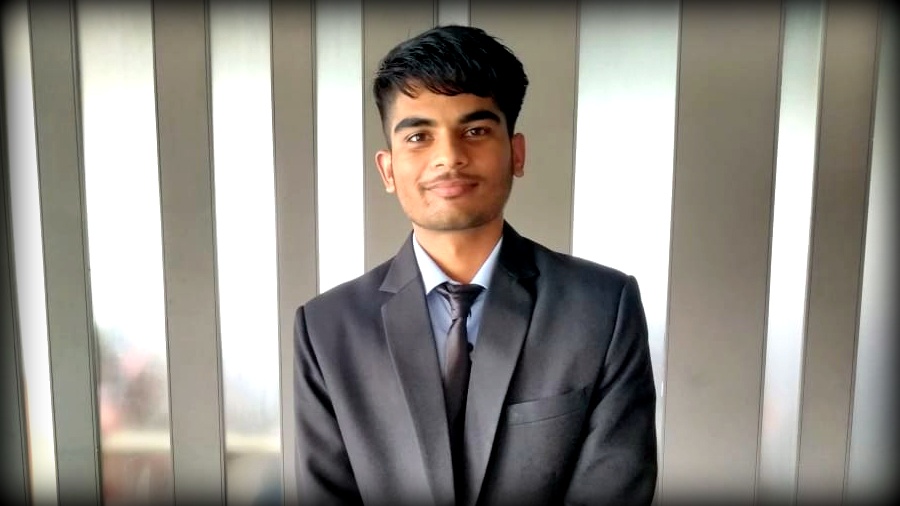
[2]: https://www.youtube.com/watch?v=MUiYglgGbos&list=PLOY__sF3NWC1rqjRh_KVftNj0j4slUd3Z




